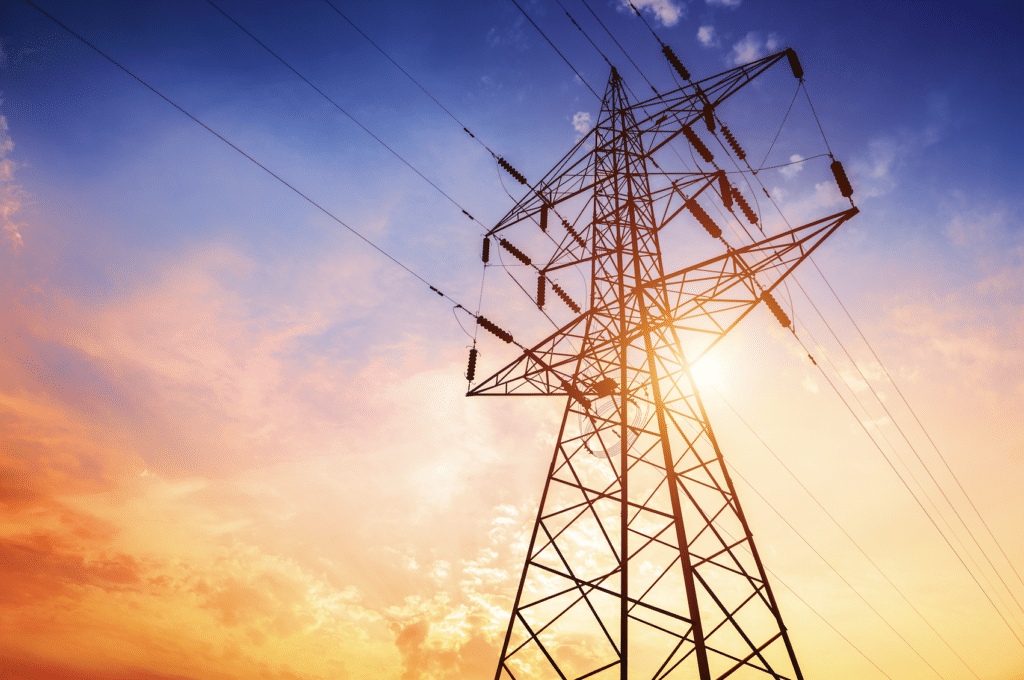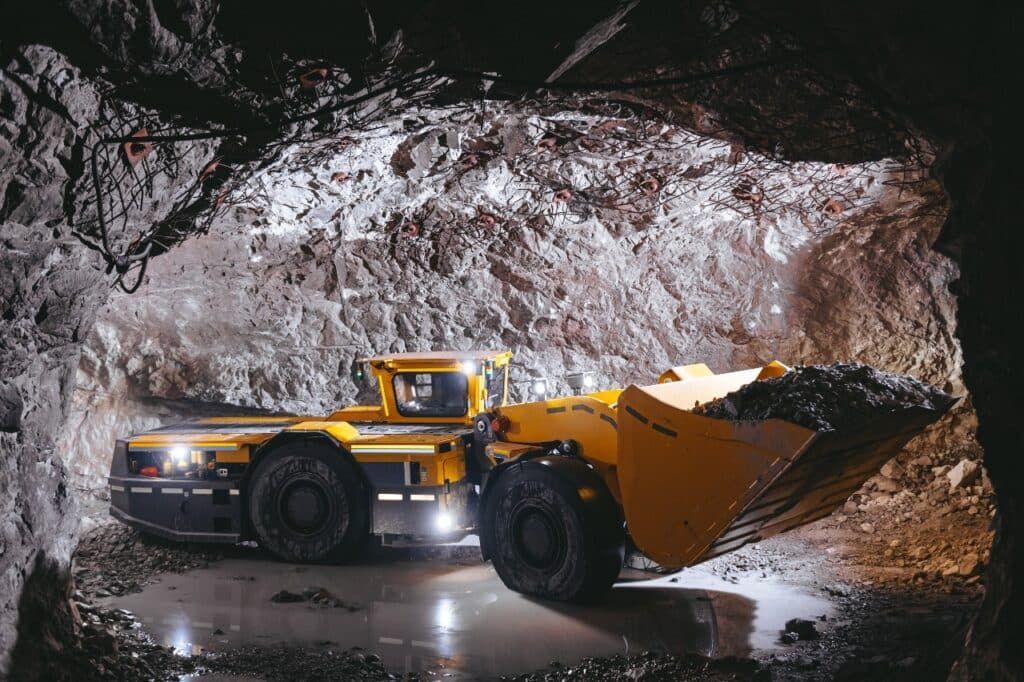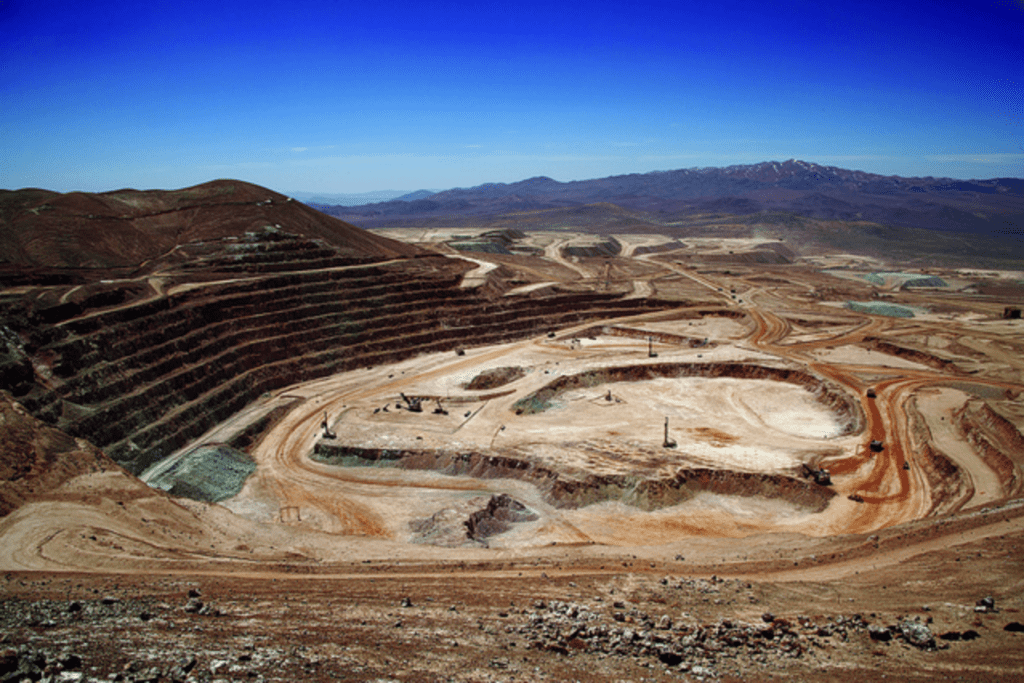Barton Gold further extends Tunkillia project in South Australia
Barton Gold (ASX: BGD) (OTCQB: BGDFF) has continued to grow its Tunkillia gold project in South Australia with the drilling of a number of wide intercepts.
The company has already extended the main 223 deposit by around 300m with positive new assays from its ongoing reverse circulation (RC) drilling program at Tunkillia.
Drilling at the 223 deposit is part of Barton Gold’s aggressive ongoing drilling campaign at the historic project, which is testing targets at 223 North, Northern 223, and Central 223.
Currently, RC and diamond drilling are ongoing at area 51 and SE offset, after the company’s contractor recently wrapped up activities at area 191 and Southern 223. Barton Gold is expecting assay results from those areas in the near future.
Encouraging results to date
“We are encouraged to see mineralisation suggesting potential growth of the 223 deposit to the north. Area 223 north is also interesting, with broad mineralisation complementing prior shallow, higher-grade drilling,” said managing director Alex Scanlon.
“We will start updating the resource model and expect to share results from southern extensional drilling soon.”
The current drilling campaign, which began in late September, is looking to add to Barton’s recently released updated Joint Ore Reserves Committee mineral resource estimate (MRE) for the 223 deposit of 1.15 million ounces of gold (38 million tonnes at 0.94 grams per tonne), with the new MRE study adding 189,000 ounces of gold at an all-in cost of only around $12 per ounce.
The drilling activities that started in early September 2023 are targeting 223 deposit extensions and regional targets.
223 North success
To date, 27 RC drill holes totalling 3,834m have been completed at 223 North, with 13 RC drill holes totalling 2,115m at the northern end of the 223 deposit and 6 RC drill holes totalling 1,120m at central 223.
Assays so far received from the drilling undertaken at the 223 North satellite gold zone have highlighted several broad lower-grade intersections complementing shallow, higher-grade results from prior drilling.
The potential of 223 North was initially confirmed by Barton drilling during 2021, with drilling identifying an approximately 800m long gold zone located around 500m to the north/northwest of the 223 deposit.
Mr. Scanlon said the combined current and historical drilling assay results indicate the area has bulk mineralisation upside, with the mineralisation potentially amenable to open pit mining.
Northern 223 deposit extensions
The recent program has helped confirm the potential for 223 deposit mineralisation to extend further north than the boundary of the April 2023 MRE block model.
The September 2023 drilling activity was designed to infill historical drilling and establish continuity of mineralisation.
Results to date indicate that potential extensions of the 223 deposit may be offset from the April 2023 block model.
To further understand that premise, Barton Gold has commenced analysis of the latest drilling results for the potential extension of the 223 deposit’s mineral resource block model.
Central 223 deposit zone
Drilling at central 223 tested the footwall of an approximately 300m long higher-grade zone.
Assays to date from the central zone of the 223 deposit and its adjacent footwall zone have helped validate and increased Barton Gold’s confidence in the April 2023 MRE block model, with new results in line with previously estimated grades in their respective areas.
In 2021 the company confirmed that the central area of the 223 deposit hosts higher-grade mineralisation.
The recent drilling was focused on further infilling the high-grade portion of the 2023 MRE block model and testing potential footwall targets on the eastern margin of this zone, with the new drilling results proving to be complementary to the 2021 drilling results and findings.
Source: https://smallcaps.com.au/barton-gold-extends-tunkillia-south-australia/




